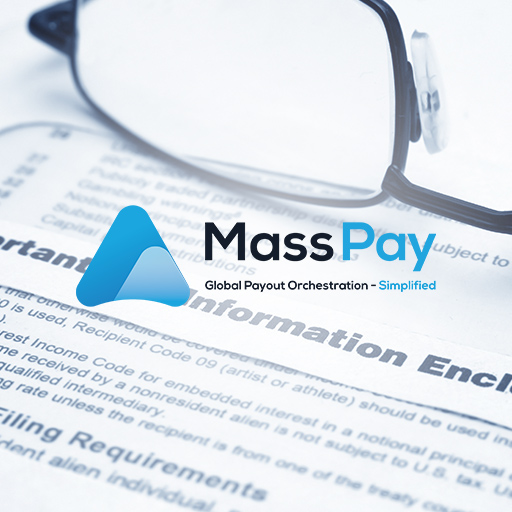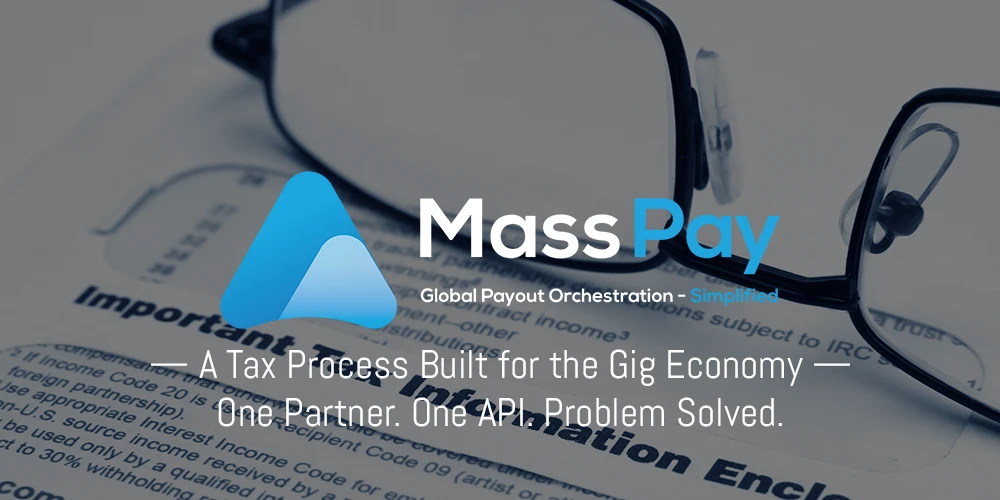Preparing Your Business for the 2024 Tax Season
The Internal Revenue Service (IRS) has recently announced significant changes to tax filing requirements that will impact businesses of all sizes....
4 min read
Chris Rechtsteiner
:
Apr 20, 2023 10:42:00 AM

Does your company work with contract workers in the U.S.? Then it's more important than ever to ensure proper contract worker tax management. The reason for this increased urgency is the new tax laws that have gone into effect over the last few years, making it more difficult to properly manage taxes for contract workers.
Before diving further into tax management, let's recap some differences between employees and contractors.
An employer-employee relationship is typically governed by contract law, while a contractor is in a business-to-business (B2B) arrangement that does not require such a contractual agreement.
Employees are subject to withholding taxes, federal insurance contributions act (FICA) payments, and other deductions from their paychecks.
Contractors have different tax obligations too.
For example, they are often responsible for self-employment taxes or quarterly estimated tax payments paid directly to the Internal Revenue Service (IRS). Unfortunately, this can be incredibly confusing when calculating withholdings since many contractors don't receive traditional W2 forms like employees do.
On that note, let's move on to why tax management for contract workers matters more than ever. In fact, you can now be held responsible for the tax liabilities of your contract workers.
To begin, let's explore various components of contract worker tax management, including:
By the end of this article, you'll come away with the necessary knowledge to ensure proper management of your contract worker taxes.
Visit this post next to read about seven trends in employee and contractor payouts.
Without proper onboarding of your contract workers, any tax management process will fail. So, it's vital to properly onboard each contract worker before they start working. This helps avoid costly errors arising from misunderstandings between employers and employees.
So, we know the onboarding process is crucial in laying the groundwork for proper tax reporting. But what exactly does an efficient onboarding process look like for contract workers?
First and foremost, you must collect the necessary forms from your contract workers.
These forms include:
Do you need help with payouts, including answering your tax questions about contract workers? Our team of payouts experts, experienced with tax services, is on standby to help! Schedule a demo with MassPay today.
But let's talk more about one form in particular: the 1099-K. We mentioned earlier how the new tax legislation has made it even more critical to manage taxes for contract workers properly, and this comes down to who needs to use this form to report their income.
This article from CNBC outlines the changes:
"Under the new rules set forth by the IRS, if you got paid more than $600 for the transaction of goods and services through third-party payment platforms, you will receive a 1099-K for reporting the income. With this new, lower threshold for triggering the tax form, more individuals with side hustles, small businesses, and gigs may be reporting the income they earn."
Because this change requires companies to report payments over $600 to contractors, it's more important than ever for businesses to have the appropriate documentation on file for each contract worker.
For starters, this ensures your company's compliance with IRS requirements. But, at the same time, it also helps contractors avoid potential tax issues.
Now let's turn our attention to the process of withholdings. The withholding process is a critical part of contract worker tax management. It helps employers and employees avoid potential liabilities before they become an issue.
Managing withholdings for contract workers can be complex. But it's essential to ensure your contractors report their income correctly and have the resources to do so.
In the U.S., contractors often must pay their taxes every quarter. This includes both income and self-employment taxes. For this reason, employers must provide contractors with the necessary tax information to facilitate these quarterly payments.
On that note, companies must understand the differences between 1099 and 1042-S forms.
1099 forms are used to report non-employee compensation for U.S. citizens.
Conversely, 1042-S forms are for non-resident alien contractors. Using these forms to make accurate reports ensure compliance with the IRS. It also helps your contractors avoid any potential tax penalties.
With marketplaces and content-creator platforms that have payees located all over the world, this is particularly useful.
Lastly, let's turn our attention to end-of-year forms. When it comes time to wrap up the year, employers must provide their contractors with the appropriate forms to accurately report their taxes.
The most common forms issued by companies at the end of the tax year are:
Employers must provide these forms to contractors before January 31st of the following year.
These forms can ensure compliance with IRS requirements. Simultaneously, they help your contractors meet their tax obligations without incurring any additional penalties. Not to mention, it's also a good way to provide your contractors with peace of mind they're filing their taxes accurately and on time.
With the proper onboarding processes and end-of-year forms in place, businesses can have confidence in their contract worker tax management process. This ensures both compliance and accuracy for everyone involved.
MassPay's frictionless contractor tax onboarding includes everything necessary to meet IRS requirements.
This includes completing and validating all required forms and managing withholdings for each payee wherever they are. We also produce and submit 1099 and 1042-S forms for each payee at the end of the year. That way, your contractors can confidently file their taxes with accuracy.
Here's a quick look at our four-step process:
It really can be that straightforward!
MassPay's 1099 & 1042-s Tax Service is a self-service process. It helps your contract workers complete the necessary IRS forms from their MassPay Portal in a matter of minutes.
Get started with MassPay today and make contract worker tax compliance more accessible than ever!

The Internal Revenue Service (IRS) has recently announced significant changes to tax filing requirements that will impact businesses of all sizes....

Executing efficient and accurate cross-border payouts is more critical than ever. All businesses are global and all businesses must be aware of the...

Every company is a software company – in some way, shape or form.